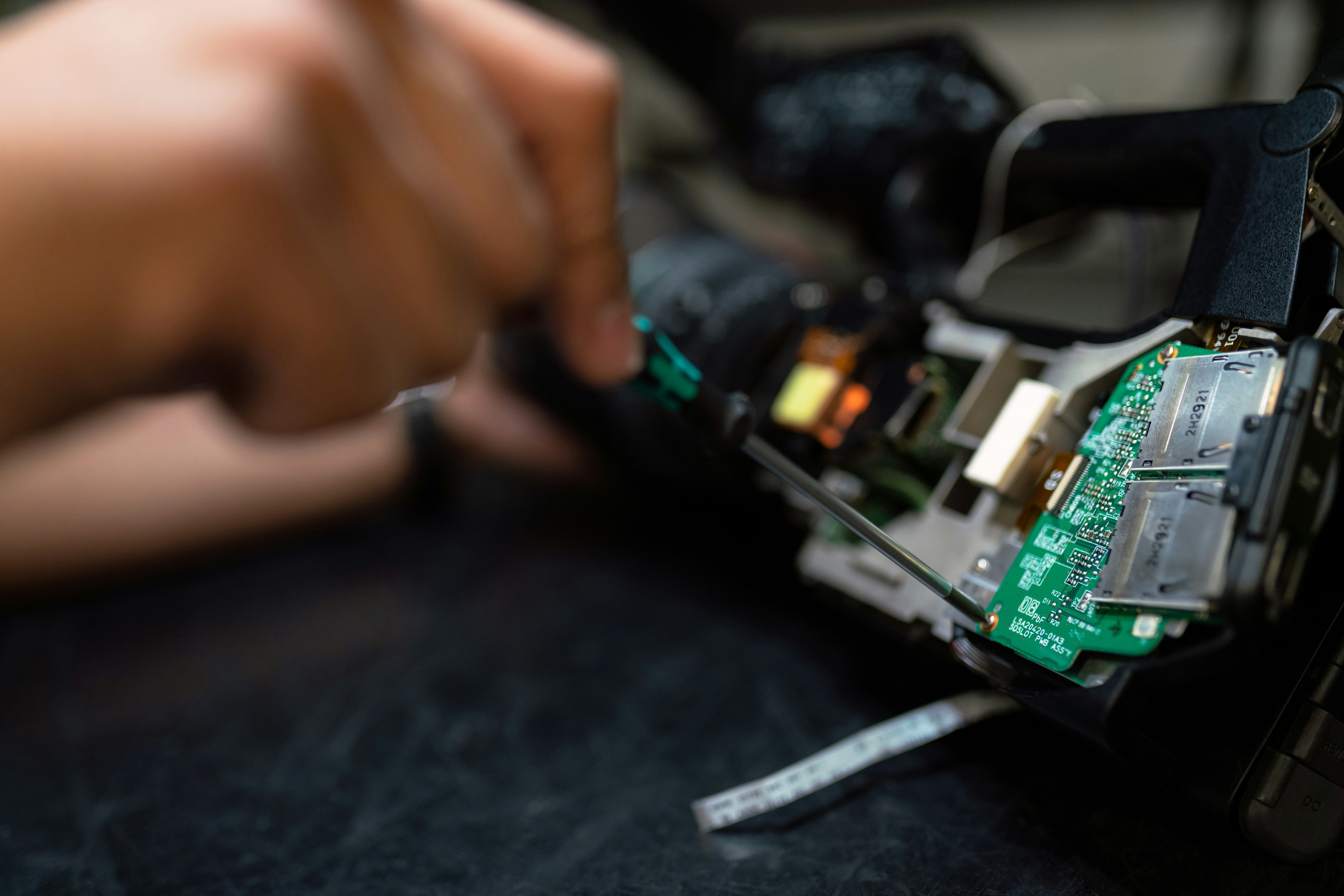
01
Inform
Understanding the challenge
Ever since the advent of Google maps, we expect to be guided anywhere we go, all the time. Indoor localisation, however, poses a major challenge to conventional applications due to the prevailingly poor GPS signals. Google, for instance, can merely show your approximate position somewhere around the station, yet would never be accurate enough to guide you towards the needed platform or instruct on where to switch the floors.
Now, imagine departing from Amsterdam to London, not being certain of whether you will manage to arrive in time to change trains in Brussels while parrying between floors and passing customs along the way. Undoubtedly, such a journey could hardly be labeled as a pleasant one. So, whilst accuracy of location services already happens to suffer even in the thoroughly-tracked outdoor places, adequate indoor routing assistance for train stations seems to be an unattainable utopia. Or, to be more precise, seemed to be until Bit teamed up with the leading rail operator in the Netherlands to explore how technological advancements can enhance and soothe the travellers' experience.
02
Analyse
Making a long-lasting Impact
Nowadays, each large station is equipped with routers. Using those, in return, would provide us with an opportunity to determine one's location through triangulation. With Google maps as a preliminary basis, we covered every single square meter of Amsterdam Central Station and mapped all the destination points – platforms, shops, lockers along with all the passageways in the shape of corridors, elevators, and gates. Having connected this map to existing navigation software, we were able to offer travellers a sound indoor navigation service to switch floor levels – an unprecedented feature in the current European market.
- 1365 meters mapped on stations
- 26% increase in customer satisfaction
- 310 training hours
03
Activate
Bold Statements
Having designed an accurate way-finding application that serves as the first-phase MVP extension to the app of the rail operator, not only did we surpass the limitations of mapping platforms, but also enhanced the positive experience of travelers by lifting a considerable share of stress off their shoulders.
Prototype
A prototyped indoor navigator with an accuracy of 1-meter, capable of navigating through the floor levels
26% increase
26% increase of customer satisfaction in favor of prototyped assistance compared to regular routing in train stations
First phase MVP
Launch of the first phase MVP addition to the rail operator's app for travelers









